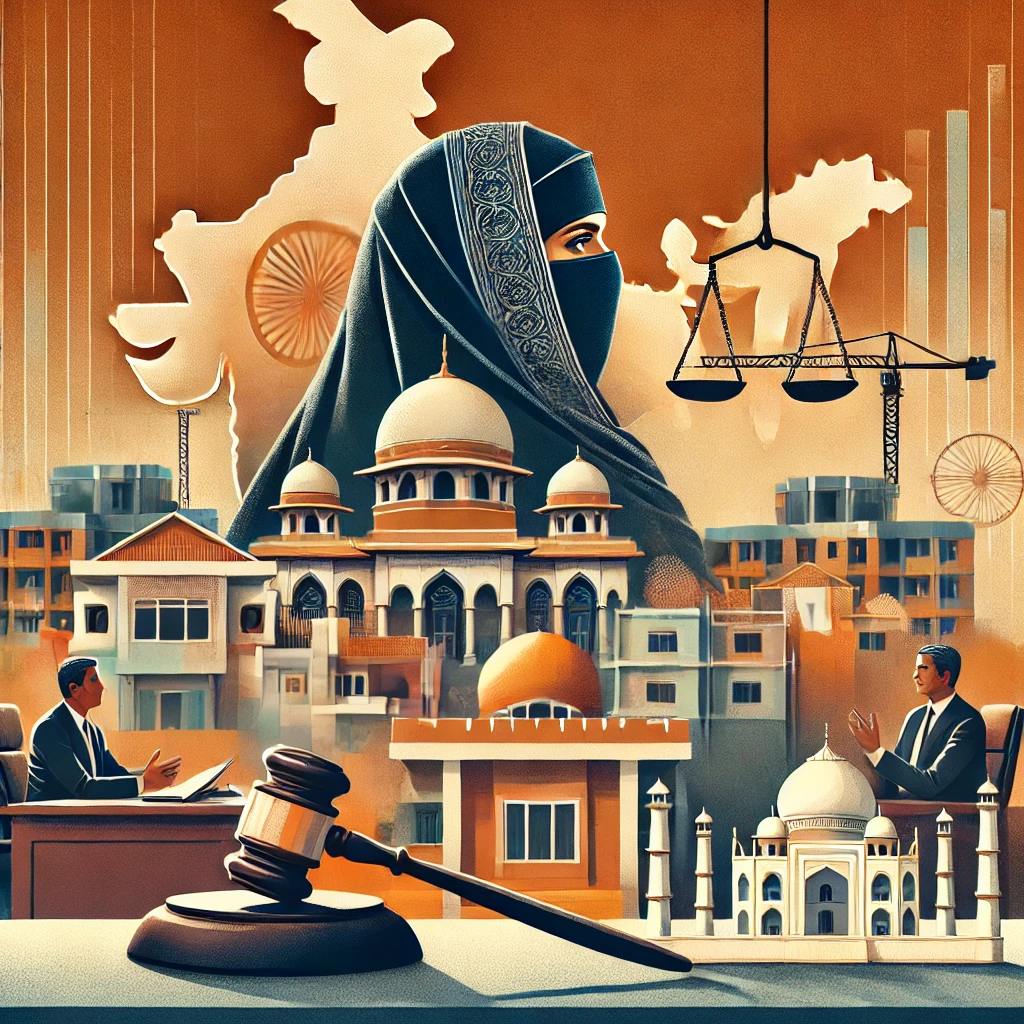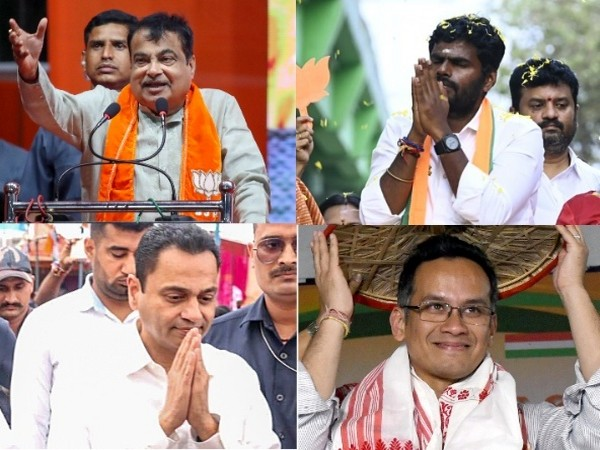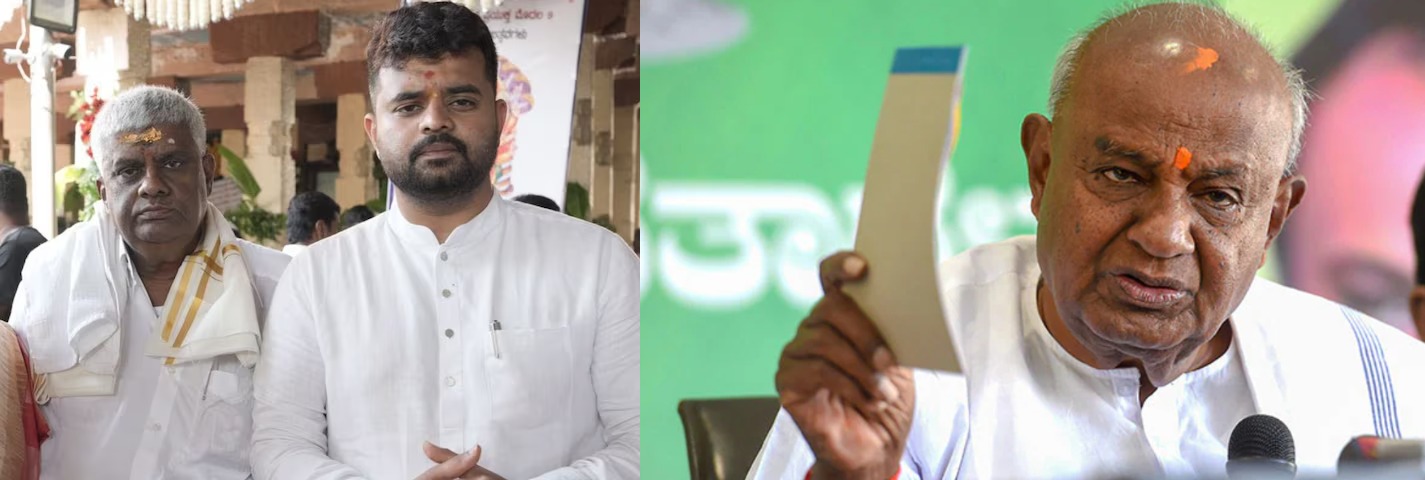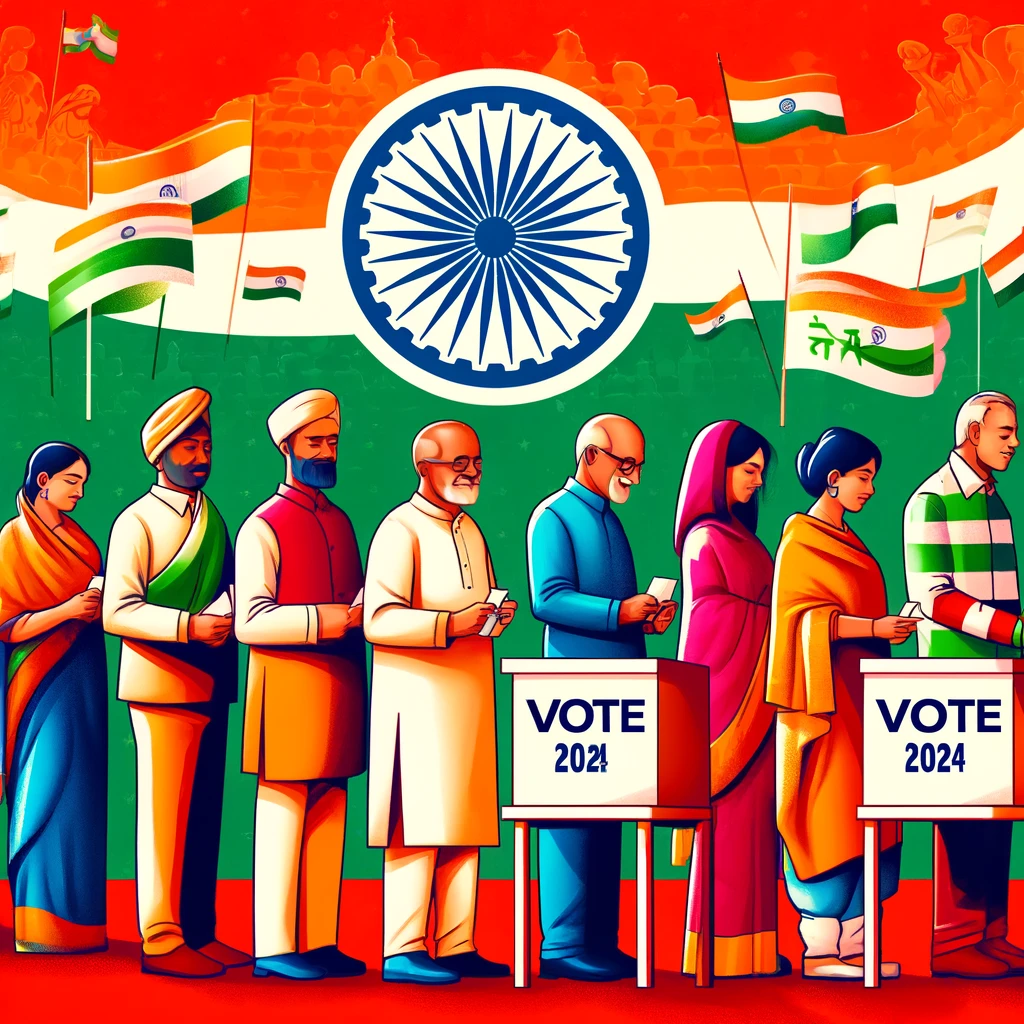The debate over the hijab, a symbol of faith and identity for many Muslim women, has seen a resurgence in controversy, particularly in India. This latest chapter in the hijab ban saga unfolded when a college in Mumbai imposed a ban on the hijab and burqa, sparking widespread debate and legal battles. The Supreme Court’s recent decision to stay the college’s directive, while allowing for a nuanced approach, has once again brought the issue into the national spotlight.
As highlighted by Kunal Gaurav in Hindustan Times, the Supreme Court questioned the selective nature of the ban, particularly why traditional Hindu symbols like tilak and bindi were exempted, while the hijab was prohibited. The court’s interim stay on the ban acknowledges the complex interplay between religious freedom and institutional regulations, reflecting the broader debate that has gripped not just India, but countries worldwide.
Hijab Ban Debate Continues
The controversy surrounding the hijab is not new. Across the globe, countries like France and Belgium have implemented strict bans on religious symbols in public spaces, with the hijab being a frequent target. In India, the debate took a sharp turn in 2021 with the Karnataka hijab ban, which led to widespread protests and legal challenges. As reported by The Economic Times, and corroborated by Dhananjay Mahapatra in The Times of India, the Supreme Court’s intervention in the Mumbai case has been seen as a critical moment, not just for the students involved, but for the ongoing discourse on secularism and religious rights in India.
Ananthakrishnan G and Omkar Gokhale of The Indian Express and The Hindu further explored the historical context, noting that the hijab has often been at the centre of cultural and religious conflicts. In the Mumbai case, the Supreme Court’s stance reflects a cautious balancing act—staying the ban on the hijab while still upholding restrictions on the burqa and niqab, thus sparking discussions on the distinction between different forms of religious expression.
The hijab ban, whether in India or elsewhere, continues to be a polarising issue. While some view it as necessary for maintaining secularism, others argue that it infringes upon individual rights and freedoms. The Supreme Court’s latest decision is a reminder that the debate is far from over, and each ruling contributes to the evolving narrative of religious expression in a secular state.
Special Story: How Aman Sehrawat transformed his fortunes from tragedy to triumph
In a world where adversity often breaks the strongest, Aman Sehrawat has transformed his pain into power. Orphaned at just 11, this remarkable young man rose to become India’s youngest Olympic medallist at 21. Rutvick Mehta of Hindustan Times tells the deeply emotional story of how Sehrawat’s dedication and love for his late parents fuelled his journey to Olympic glory.
The Indian Express’ Mihir Vasavda dived deeper into the grit behind the glory, tracing Aman’s path from a bleak childhood to standing on the Olympic podium. His story is not just about a medal; it’s about resilience, determination, and honouring a promise to his parents who never got to see his achievements. Meanwhile, Alok Sinha for The Times of India highlighted how Aman’s bronze at the Paris Olympics has reignited India’s wrestling legacy, proving that the wrestling streak is very much alive and kicking, a beacon of hope for future generations.
Read more: Waqf Amendment Bill reform or regression?
Other top stories include:
- Surplus Showers, Skewed Impact
In Hindustan Times, Abhishek Jha captured the paradox of India’s monsoon season: abundant rains but uneven distribution. While some regions faced deluges, others saw scant relief, highlighting the unpredictable nature of this year’s monsoon. It’s a reminder that even a surplus can leave us high and dry.
- Manish Sisodia’s 17-Month Journey to Freedom
Manish Sisodia’s long-awaited taste of freedom came after 17 months behind bars. The Supreme Court’s decision to grant bail brought a sense of relief, allowing Sisodia to enjoy his first morning tea as a free man. Meanwhile, other reports also captured the momentous walk out of Tihar Jail, a journey Sisodia credits to the strength of India’s Constitution. [The Hindu, The Economic Times, Hindustan Times]
- ISIS Operative Nabbed in Delhi
Hindustan Times‘ Sanjeev k Jha reported on a significant counter-terrorism success as Delhi Police arrest Rizwan Abdul Khan, a key ISIS operative linked to the Pune module. This arrest marks a crucial step in dismantling the network, highlighting the ongoing efforts to keep the nation secure. It’s a stark reminder of the persistent threats that law enforcement continues to thwart.
- “Productive Yet Acrimonious” Budget Session Concludes
Reports revealed that the Lok Sabha has claimed 136% productivity as the Budget Session concludes, despite the chaos and clashes. However, there is a touch of irony, pointing out how the session was both productive and filled with acrimony—an interesting mix of efficiency and discord in India’s parliamentary proceedings. This year’s session will be remembered for both its legislative achievements and its heated debates. [The Hindu, Hindustan Times]
- Minorities In Bangladesh Caught Between Borders
In Hindustan Times, Prawesh Lama paints a harrowing picture of Indian villagers near the Bangladesh border, trapped by escalating tensions and seeking a safe way out. The Times of India Prabin Kalita reports on the BSF’s efforts to prevent over 1,000 Bangladeshis from crossing into India, a crisis compounded by the potential influx of 1,200 escaped prisoners, as noted by Rimjhim Singh from the Business Standard. It’s a story of desperation, borders, national security and the struggle for safety amid chaos.
- Kerala Responds to Wayanad’s Crisis with Financial Aid
In Hindustan Times, Vishnu Varma covered the Kerala government’s response to the devastating landslides in Wayanad, announcing immediate financial aid for affected families. The Hindu dived deeper into the relief efforts, emphasising the state’s commitment to rebuilding lives and providing timely assistance to those in need. It’s a story of resilience, with the government stepping in to offer a lifeline amid the chaos.
- Gurgaon and Delhi Target Illegal Coaching Centres
The Indian Express chronicled the aftermath of the tragic Delhi coaching centre deaths, prompting Gurgaon to launch a crackdown on illegal basement operations. The Times of India also reported on a wave of sealings across Delhi as authorities move swiftly to shut down unregulated coaching centres and libraries. It’s a tale of tragedy spurring action, as cities scramble to prevent another disaster.
- PM Awas Yojana: Cabinet Greenlights 3 Crore New Homes Worth ₹3.6 Lakh Crore
The Union Cabinet’s recent approval of 3 crore additional houses under PMAY-U 2.0 marks a significant boost in India’s housing initiative. Centre emphasised the massive ₹3.6 lakh crore investment in a press release, while other news reports highlighted how this move aims to provide affordable housing for millions. It’s a bold stride toward fulfilling the dream of ‘Housing for All’. [PIB, Indian Express, The Economic Times]
Read more: NEET UG Scam 2024




